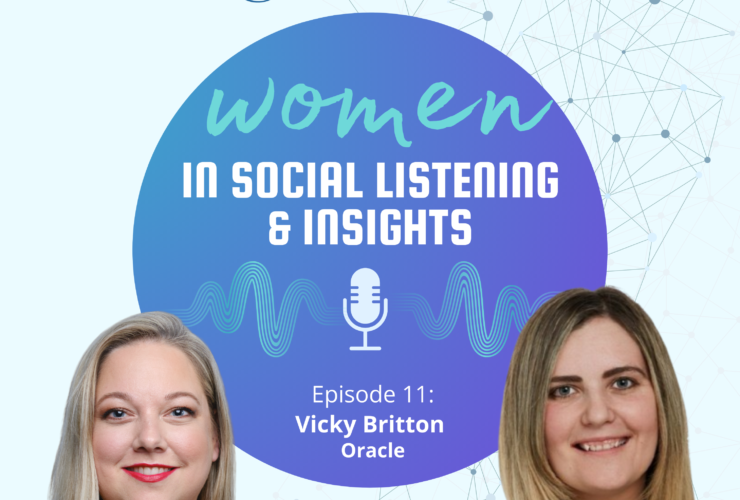This is Part 2 of our Managing Director Sam Flemming’s 3-part article series on Scaling Social Media Intelligence, in which he addresses the question “How can you expand the impact of social media intelligence and your own role in your organisation?”.
In Part I, Sam discussed breaking out of organisational silos to apply social media intelligence learnings to multiple organisation functions like market research, analytics, media, R&D, PR and other teams. For this second part, Sam will provide guidance on scaling social media intelligence across global markets.
When taking the first step outside your own market, there are two buckets of issues to take into consideration. Whereas the first bucket has to do with technical and logistic challenges, the second concerns organisational issues. In this post, I will talk about how to overcome the first bucket and will address the second in an upcoming post.
Understanding the Social Media Landscape
- How and in what way is social media important for the market?
Knowing the importance of social media in terms of consumer impact can help contextualise and position findings. For some markets, where traditional media is censored, social media can be a vital source of ‘real’ consumer intelligence
- Which social media platforms are critical? What role do they play in the market?
Another element of the landscape is understanding the role and importance of different social media platforms for each market. Not every platform is used to the same extent or in the same way in each market. In addition, some markets have unique platforms, including China, Japan and Korea. For these markets, avoid the lure of ‘false cognates’. For example, Weibo might look and act like Twitter in many ways but there are also critical differences between the two platforms.
- Don’t forget message boards!
All markets will have Reddit style message boards or online forums. While not very sexy compared to more ‘modern’ forms of social media, these are often essential to find the most engaged and tuned-in consumers with relevant, in-depth commentary, especially for high involvement ones, such as auto, beauty, parenting and fashion.
Choosing a Social Listening Tool
- What sources are covered? To what extent are they covered?
Almost every social listening tool will claim global coverage. They are not necessarily lying, but it’s important to understand that there is a difference between ‘coverage’ and ‘in depth’ quality coverage. Once you have identified which social media platforms you need for your target market, dig deep to understand how well they cover each platform, especially local platforms like message boards or ‘cognate’ platforms. In an ideal world, you may need to have more than one tool and/or a mix & match of local and global tools.
- Does the platform handle ‘hard’ languages?
Asian languages like Thai, Korean, Japanese and Chinese can be a challenge. Do some side-by-side testing and probe the tools’ support teams on this question; make sure the person who is answering your question is a native speaker of that language or at least can speak to the nuances of processing of the target language.
Localising Queries & Analysis
- Are you using the right key terms?
Translation is not localisation. Localising queries means you are including unique terms or concepts in the market. For example, if you don’t include “Little Brown Bottle” as a term for Estee Lauder Advanced Night Repair in China, you will miss out on a significant amount of content for analysis. The need for localisation also applies to analysis. As we often say here at Convosphere: Analysts should be able to win a trivia contest in the target market with knowledge of popular culture, slang and simply the ‘way things are done’ in that market. For both query building and analysis, the analysts need to have the right mix of social media, local culture and category knowledge.






